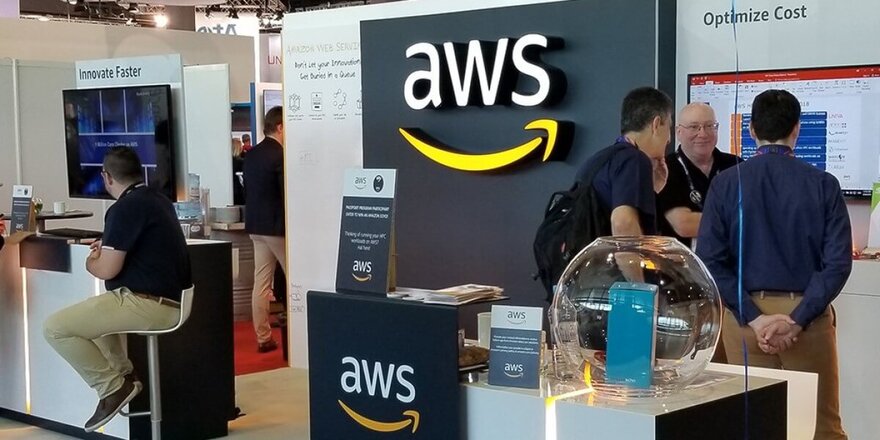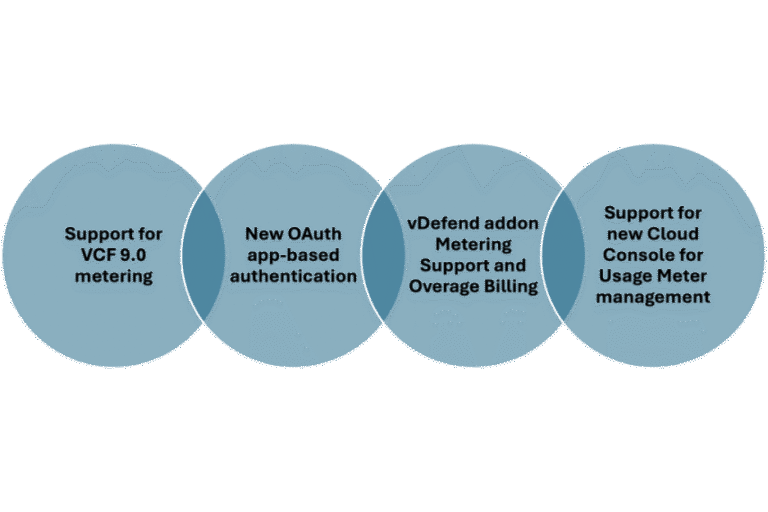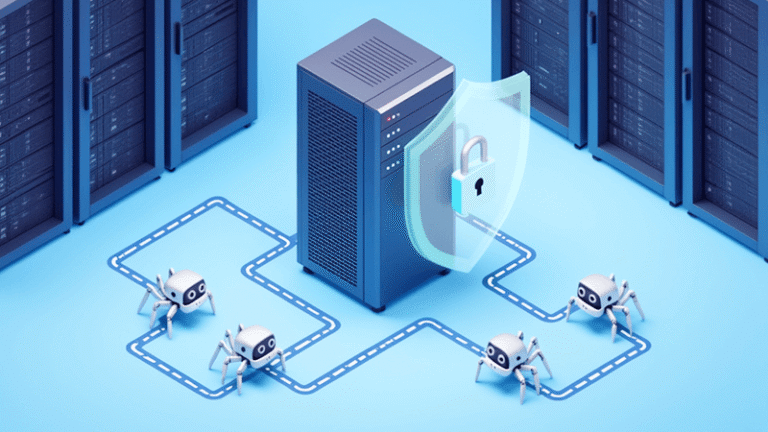
Amazon Web Services (AWS), the cloud computing arm of Amazon, has reported robust financial results for the second quarter of its 2025 fiscal year, with revenue climbing 17.5% year-over-year to $30.9 billion. Net profit also saw an increase, rising 9.6% to reach $10.2 billion. The latest figures push AWS’s annual revenue run rate to approximately $123 billion, reinforcing its position as a dominant player in the global cloud infrastructure market.
The company’s momentum is being driven in part by a wave of high-profile enterprise contracts. Recent partnerships with firms such as Airbnb, PepsiCo, the London Stock Exchange Group, NatWest Group, and Nissan underscore AWS’s deepening presence across sectors ranging from finance and automotive to consumer goods and digital platforms.
Amazon CEO Andy Jassy, speaking during the company’s earnings call transcribed by Seeking Alpha, attributed AWS’s continued growth not only to its strong enterprise adoption but also to the untapped potential in cloud migration. “Eighty-five to ninety percent of global IT spending is still on-premises,” Jassy noted, emphasizing that this dynamic is expected to shift dramatically in the coming decade. He also highlighted AWS’s expanding suite of artificial intelligence tools, particularly in generative AI, as a key catalyst for future growth.
Mr. Jassy described AWS’s AI segment as a “fast-growing, triple-digit year-over-year percentage multibillion-dollar business,” and noted that demand currently exceeds supply, prompting additional investment in infrastructure.
AWS Operating Margin Declines
However, the quarter was not without its financial pressures. Amazon CFO Brian Olsavsky detailed a contraction in AWS’s operating margin, which fell from a record 39.5% in Q1 to 32.9% in Q2. He attributed this decline to increased depreciation from capital expenditures, fluctuating foreign exchange rates, and seasonal stock-based compensation.
Despite the margin squeeze, Mr. Olsavsky confirmed that Amazon intends to continue scaling its investments in AWS infrastructure. The company plans to allocate more capital toward custom processors, expanded data center capacity, and power resources to meet rising demand in generative AI. While margin variability is expected, Amazon maintains its long-term view that the opportunity in cloud and AI justifies aggressive infrastructure growth.





